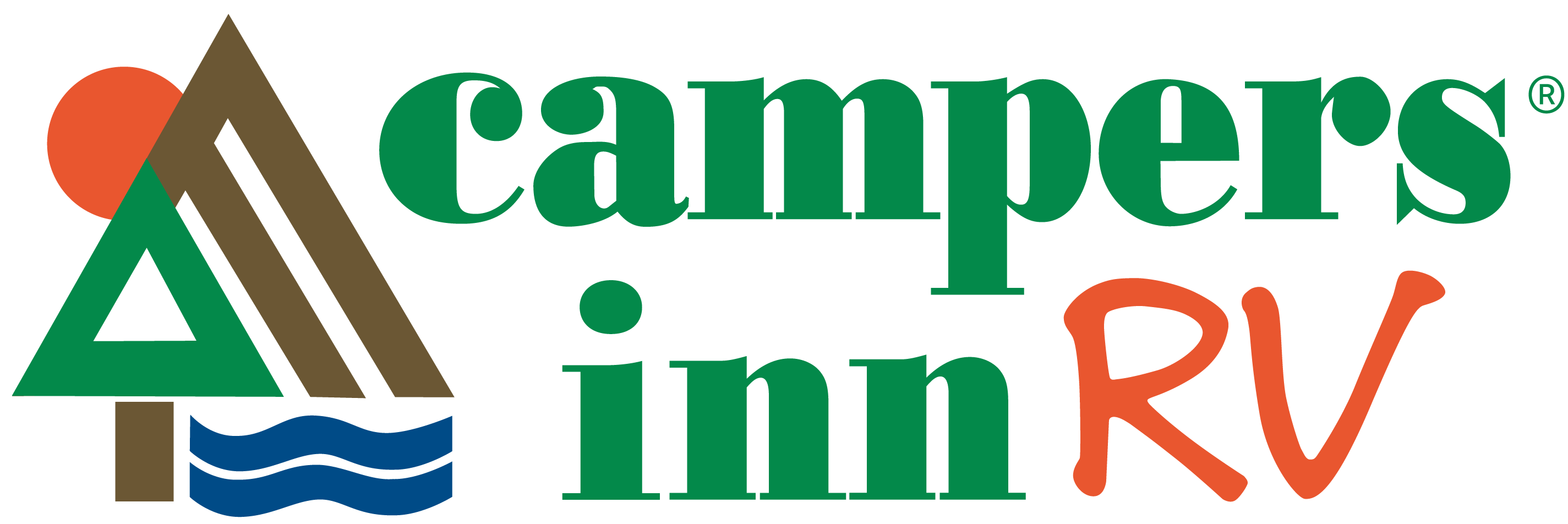

Water is the #1 cause of RV damage. It can ruin your RV, reduce its resale value and promote mold growth. This type of damage is generally not covered under extended warranties, so it is imperative to take steps to prevent it.
Fortunately, routine roof maintenance can go a long way protecting your rig from leaks and rot. In the latest installation of our “RV Owner’s Course” series, we will review some simple preventative maintenance steps you can follow to keep your RV’s roof in tip-top shape.
Set a roof maintenance schedule
- Manufacturers suggest preventative maintenance once every three months.
- Check your RV's condition after storms, winter storage and camping trips.
Determining your roof type:
RV roofs are made of a variety of materials including rubber, fiberglass and aluminum. RV roof cleaning products are frequently made for a specific material. Therefore, before you buy anything, make sure you know what your roof is made of.
Most RVs have rubber roofs, and they come in two different types: ethylene propylene diene monomer (EPDM) and thermal poly olefin (TPO). Review your owner’s manual to learn what you have.
For rubber roofs, you can also determine the material by removing the vent trim ring from an interior vent. Check the material you find underneath. If all sides front and back are one color, you have TPO. If the front side is white or off-white and the back side is black, you have EPDM.
Shopping list
Once you have determined your RV’s roof material, head to your nearest dealership to stock up on compatible cleaning and repair tools, including:
- Roof cleaner
- Sealant
- Caulking gun
- Sealant primer
- Seam roller
- Roof patches
Inspecting and repairing sealant
- Inspect all seams and seals for cracks or damage.
- If you find cracks, clean the area with a recommended cleaning product and let it dry.
- Load a caulking gun with a tube of roof sealant and apply sealant over the cracked area.
- Note: You do not have to remove old sealant if it is not separating.
Washing and Treating Your Roof
* Safety first! You will be working on top of your roof, and your cleaning materials can make it slippery. Remember to be careful and safety-focused to avoid injuries. *
- Bring cleaning materials to your roof, including water, roof cleaner and bristle brush. Don't use products with petroleum distillates, citric ingredients or harsh abrasives.
- Rinse the roof first (be careful, it will be slippery).
- Apply roof cleaner liberally.
- Using a bristled brush, scrub in a circular pattern cleaning one 3x3 area at a time.
- Rinse the area and repeat the cleaning process until roof is fully covered.
Repairing rips and tears in your roof
If you noticed a tear or rip in your roof, it is important to repair it immediately to keep water out. Fortunately, you can find strong patches and tapes that can reseal your RV.
Small repairs
- Purchase a patch kit for your roof material. Kits are available for aluminum, steel, rubber, plastic, fiberglass and wood.
- Clean the area of the roof that is damaged.
- Place the patch firmly on the punctured area.
- Use a roller to remove bubbles and make patch flat.
Larger repairs
- Purchase roof repair tape.
- Clean the area and measure the puncture.
- Cut a piece that is 2 inches larger on either side than the damaged area.
- Apply the tape to the area. Use a roller to smooth out the patch. Do not pull the tape up as it may cause further damage.
- Seal the corners of the tape with sealant.
For extensive damage, visit your local RV repair shop and have the issue examined by a qualified RV technician.
Want to learn more? Check out our other RV Owner's Courses:
CAMPERS INN RV DOES NOT REPRESENT OR WARRANT THAT THE MATERIALS IN THIS BLOG ARE ACCURATE, COMPLETE, RELIABLE, CURRENT OR ERROR-FREE. CAMPERS INN IS NOT RESPONSIBLE FOR ANY DAMAGE OR HARM CAUSED BY USE OF MATERIALS OR INFORMATION PROVIDED HEREIN



